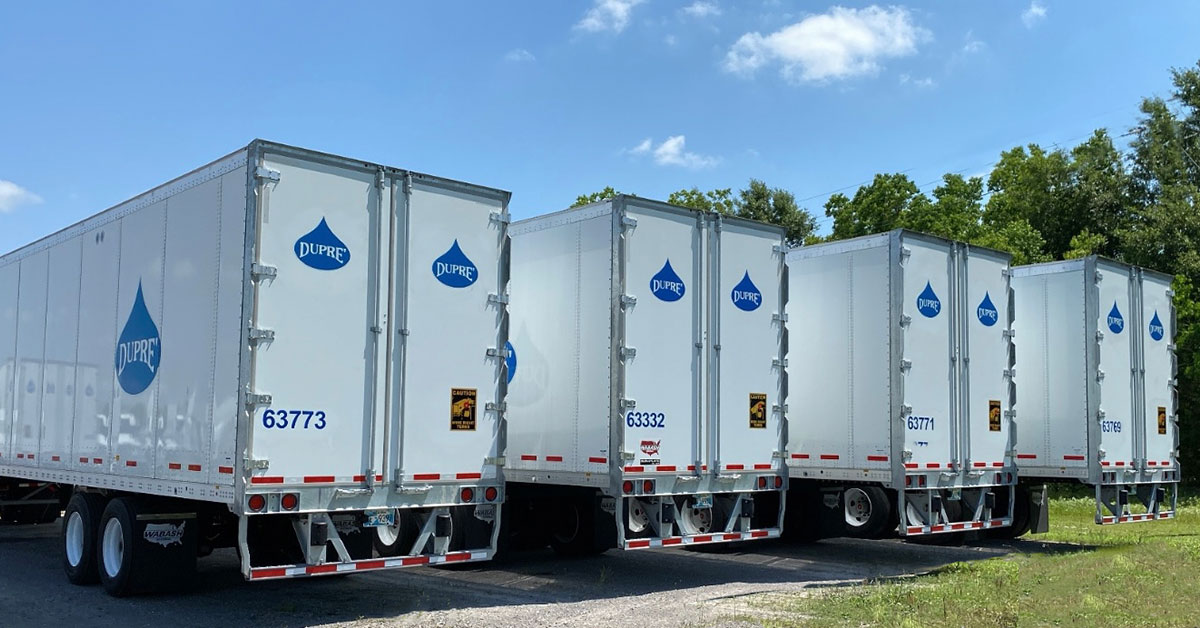If you’re a stakeholder of a retail, distribution or manufacturing company, you’re constantly keeping an eye on the costs and logistical expenditures related to shipping your goods. It’s important to consider all logistics options that are cost effective and still deliver products on a timely basis. Therefore, when your load is below the minimum threshold for transporting goods via a standard shipping container, you need to explore less-than-container load (LCL) shipping options.LCL shipping is best described as a load of cargo that is below the typical weight or quantity to which freight rates apply.
The fees for shipping a full container are typically quoted at a lower rate, so long as the minimum level of tonnage or volume is met. Companies shipping loads that are less-than-container cannot take advantage of these rates, but they can ship boxed or palleted cargo via LCL options. Essentially, this type of shipping involves paying for the space your load takes up in a standard container.
To determine whether you should consider LCL logistics, it’s worthwhile to look into the advantages and disadvantages of LCL shipping.
How LCL Shipping Can Benefit Your Company
There are several advantages to shipping qualifying cargo under LCL methods:
- When shipping a LCL load, you’ll be paying a much lower rate as compared to a full container. You’re only charged for the space you’re using based on volume as opposed to weight. The cargo is placed with the loads of other import/export companies that are also transporting smaller shipments.
- You have the ability to pick up and drop off your cargo directly from the warehouse where the containers are loaded and unloaded. As such, you’re not relying on a middle man to ensure your cargo finds its way to its final destination.
- The actual time in transit of your cargo will be the same as if you were shipping a full container. This is true whether you’re shipping domestically or internationally.
Reasons LCL Shipping May Not Be a Good Fit
Even after reviewing the advantages of LCL shipping options, you’ll find that certain drawbacks might make this logistical approach an unwise choice.
- Containers are subject to examination by customs and other types of agencies as they’re being shipped out of or arriving in a country. When an inspector conducts an exam on one consignee’s box, crate or pallet, the entire container will also be inspected. There are costs involved with the process, which are shared by all consignees of the container.
- While it’s true that actual time in transit of your cargo is the same as shipping a full container, there are delays involved when you go with LCL transport. You’ll have to wait about 1-2 days while the container is being processed, and loaded or unloaded.
- Your particular type of cargo might incur extra fees beyond the cost of LCL shipping. For instance, shape of the cargo, ease of damage, or any refrigeration requirements may influence the cost for transport.
No one answer will work for every company faced with decisions on shipping less-than-container loads, but appreciating the benefits and drawbacks of the options can help business owners and managers make responsible choices when faced with LCL loads. While your company may not make a regular practice of utilizing LCL shipping, it’s good to know that the option is available.

